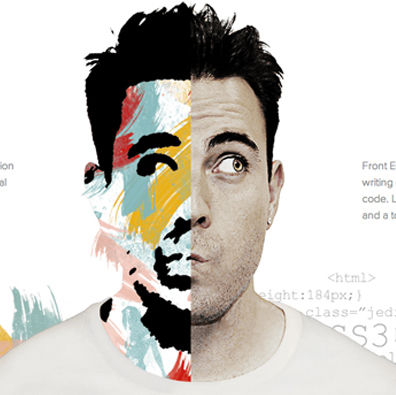But why not just buy one of those build-it-yourself website packages?
The answer to this can be summed up in one word: rankings. Build-it-yourself websites are great if your goal is just to have some fun playing with a program that will allow you to easily create a web page with no programming skills. If your intention is to make a personal website about your life, your family, a hobby, and you really don't care if anyone ever finds your site, this is a fine solution. Many such programs are available and they generally won't cost you a lot of money. Unfortunately, they behave like they didn't cost you a lot of money, too. Because these template-based programs are mass produced, what you end up with is a site which not only has not been created to fit your needs, but which has also not been created to meet the needs of customers or the search engines. Most of the do-it-yourself web templates out there are built with absolutely no regard for SEO (search engine optimization) standards, and because of this, they will not rank well in Google, Yahoo or MSN (the Big 3 search engines). Without the rankings, you will not have the traffic you need, and you will not be making the profits you want. The worst of it all comes the day a site owner realizes this and starts desperately looking for someone to help them overwrite the code of the template which has been designed so poorly. At this point, regardless of the investment you may have made, it is better to scrap the template site and start from scratch with a real website, custom built for the exact needs of your small business.
Your company is very important to you. You intend to run your business in a smart and professional way. In order to do this, why not get it right the first time by hiring a professional web designer who has spent years perfecting their coding, their design skills and their SEO abilities? Remember, you are starting your business because it is what you specialize in. You shouldn't have to become a web designer before you can start selling your products or services. That's taking a completely unnecessary step that all the options out there may have confused you into believing is a good way to go. You don't want to be a web designer. You don't want to spend your days creating web pages for your small business. You want to be taking in sales, filling orders and shipping out your products, or helping customers with your services. The shortest distance between two points is a straight line, right? Don't take a detour into the world of useless do-it-yourself programs when it comes to something as vitally important as the success of your on-line business.
